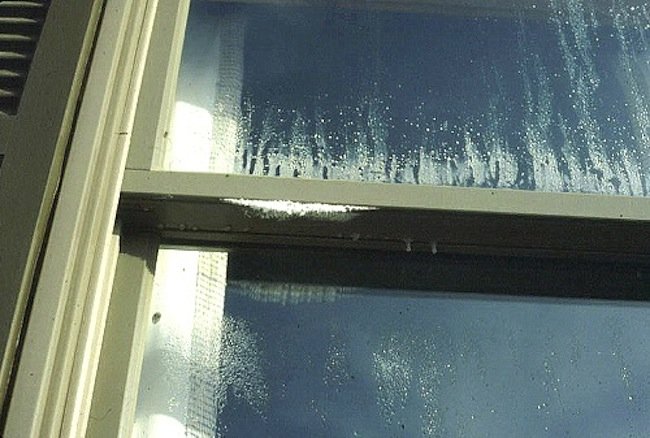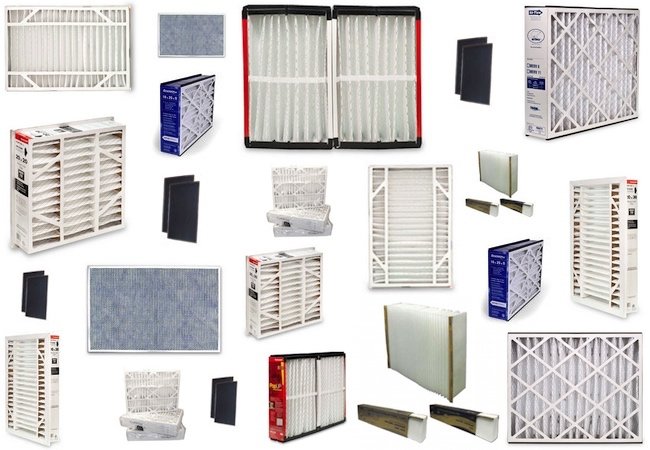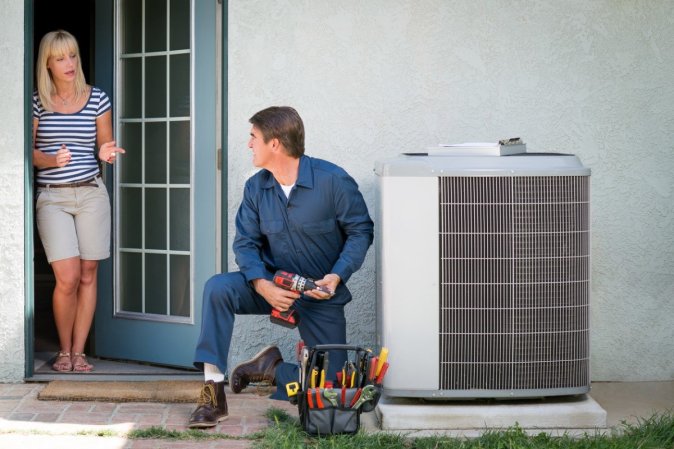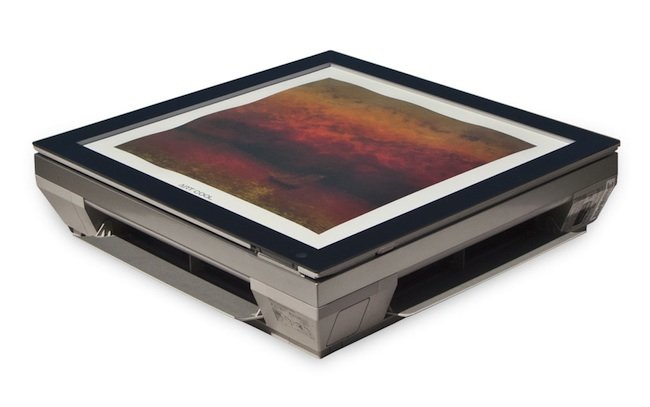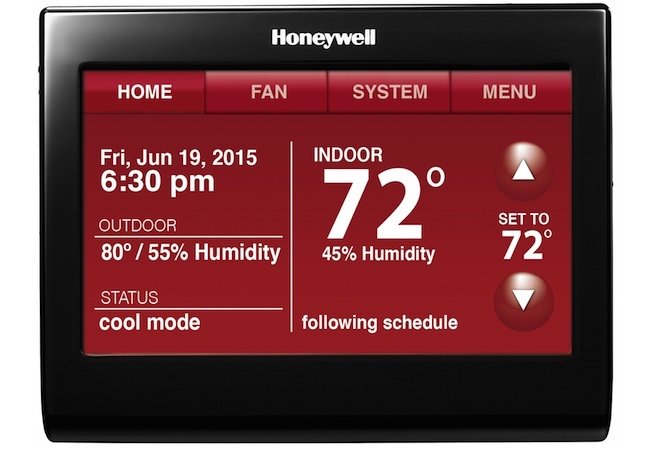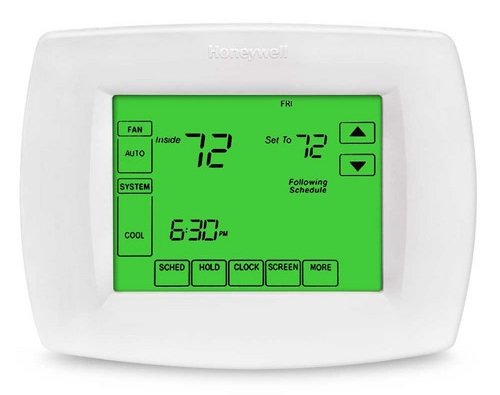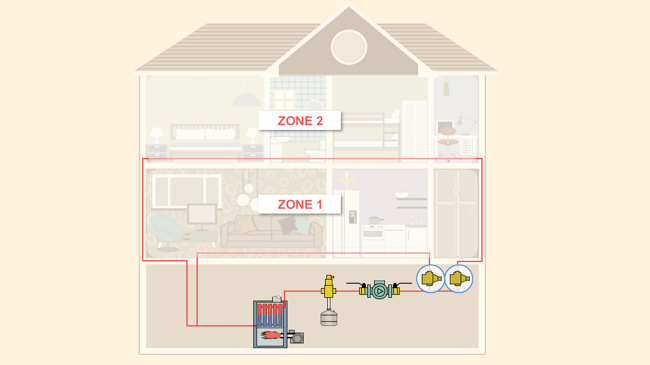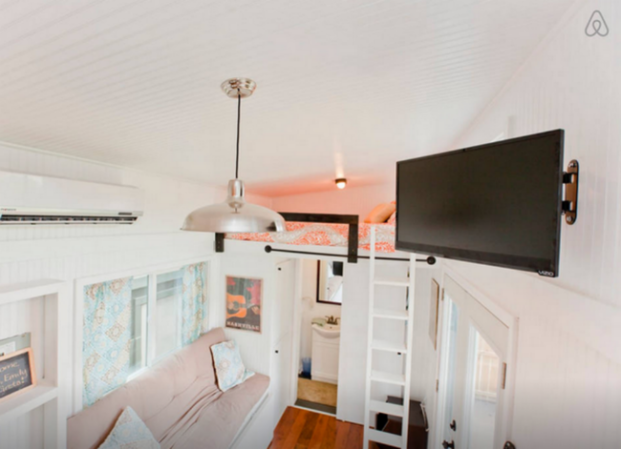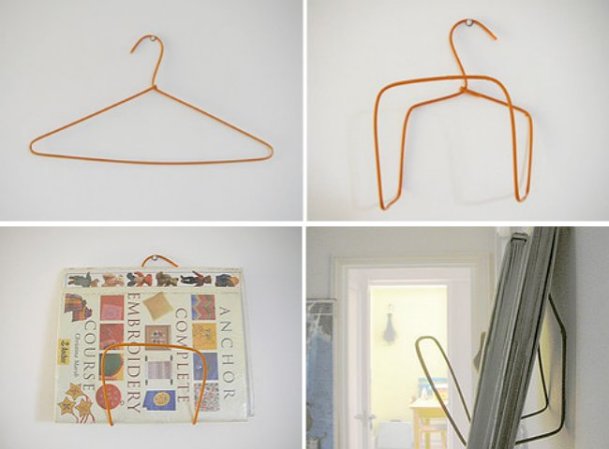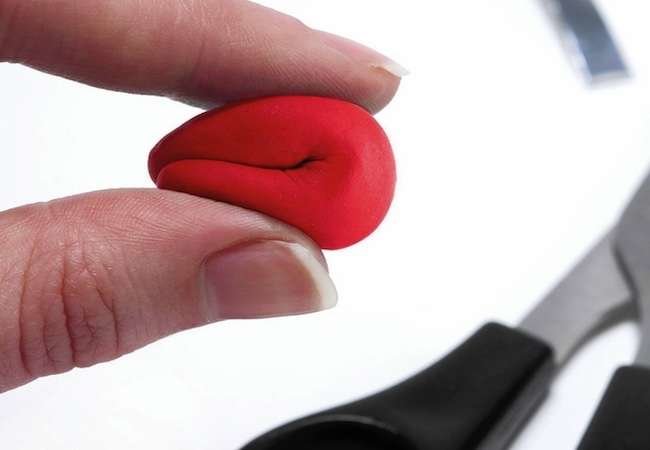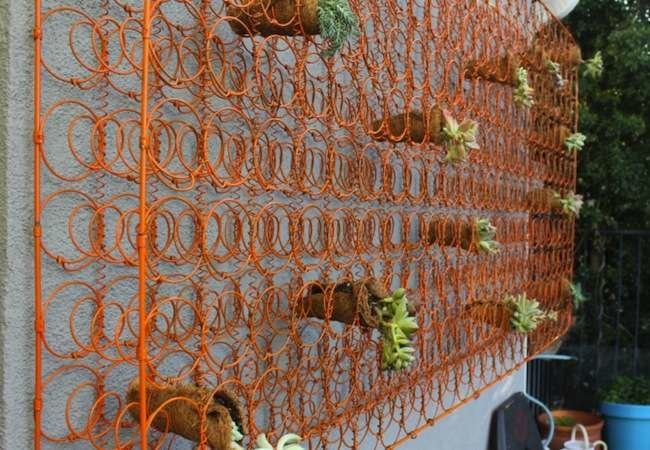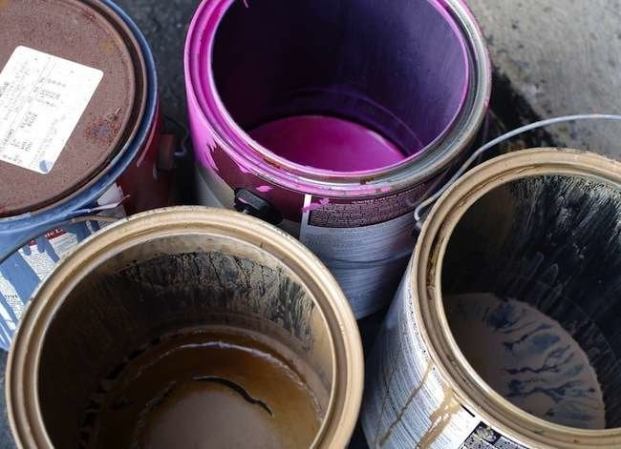We may earn revenue from the products available on this page and participate in affiliate programs. Learn More ›
Hot and muggy summer weather outside can mean excess moisture inside. Mold and mildew, musty odors, condensation, warped wooden surfaces, and cracked, peeling, or blistering paint can all result from elevated humidity levels inside your home. And, when the air is damp and sticky indoors, you’re not the only one who senses it—so does your air conditioner.
“Excess moisture in your home can cause major issues over time,” points out Daniel O’Brian, a technical expert at online retailer SupplyHouse.com. “It can promote mold growth and the potential for respiratory ailments, and make your air conditioner work harder by having to cool damp, heavier air.” By removing excess moisture from the air, a dehumidifier can level the playing field and improve the overall comfort and health of your home. Because a dehumidifier uses significantly less energy than an air conditioner, installing either a whole-house system or a smaller unit can cut cooling costs; not only does the air conditioner not have to work as hard, but it also may run less often or at a higher temperature. According to the U.S. Energy Star program, a homeowner can save up to 6 percent on cooling costs for every degree the thermostat is turned up.
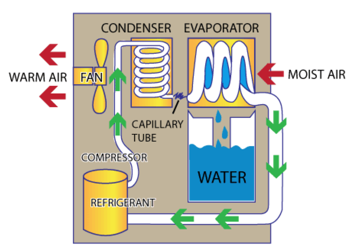
Indeed, rising energy costs are one of the primary reasons for dehumidifiers’ growth in popularity: To conserve energy, today’s homes are built more tightly, but with less air exchange comes the potential for moisture buildup. By reducing that moisture, dehumidifiers can ensure a continuous flow of cool, dry air.
How does a dehumidifier work? A fan draws warm, humid air over a cold coil, which condenses the moisture into liquid; the water is removed via a drain pipe. The dry air then passes over a warm coil and is added back into the room. Dehumidifiers are controlled by an instrument called a dehumidistat, which turns the unit on and off depending on the amount of moisture detected in the air.
Dehumidifier capacity is measured in pints of water removed per 24 hours. The appropriate capacity for a dehumidification unit or system is determined by the size of the space and its conditions. For example, a closed, damp room, such as a basement, will require a bigger capacity unit than a large, open room with good air flow.
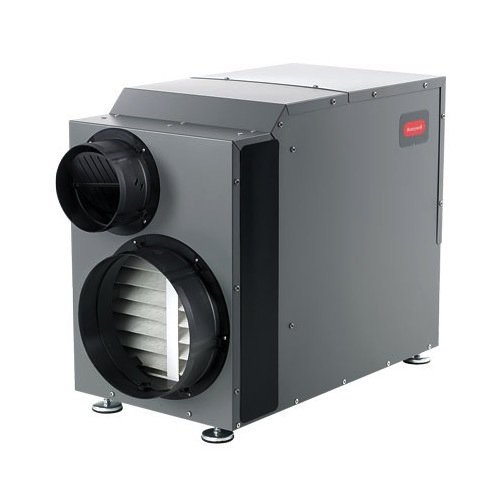
Dehumidifiers come in a variety of models and sizes, ranging from large, whole-house models to smaller, portable units designed for individual rooms and problem areas, such as attics, basements, and crawl spaces. As with any appliance, the key is to look for an Energy Star-rated, high-efficiency unit that is sized properly for the space and conditions.
Honeywell’s TrueDRY line of dehumidifiers are all Energy Star rated and come backed by a five-year warranty. They can be centrally ducted for whole-house dehumidification or unducted for moisture control in attics or smaller crawl spaces. They also carry a MERV (Minimum Efficiency Reporting Value) rating of 11. (MERV ratings, which measure filter performance, range from 1 to 16; the higher the number, the better the air filtration.)
For more on the Honeywell TrueDRY Dehumidification system, including a video demo, visit SupplyHouse.com.
This post has been brought to you by SupplyHouse.com. Its facts and opinions are those of BobVila.com.

